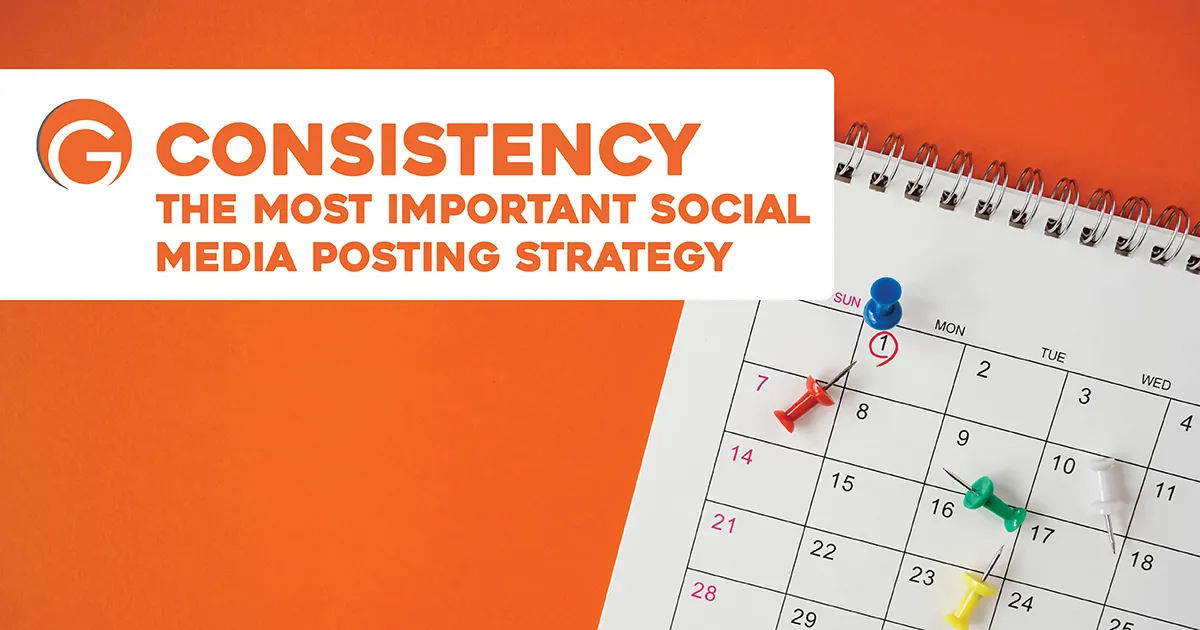Logos and websites are the visual representations of your business, and they need your attention!
Your logo and website are more than just graphic images. They are tools to distinguish your business from the competition in the market. They give your business professional credibility and a unique stand, which reaches out to a larger audience of potential buyers.
In this article, we will discuss how to know if your logo and website aren’t working for you and how to fix them so they do.
How to Know If Your Logo and Website Aren’t Working
If you are receiving a lot of questions instead of praises about your business, then something is wrong.
For example, If your customers are confused about what you are selling, your logo is sending the wrong message.
Additionally, If people can’t find or access the information they need from your website – Or they’re not sure what your business even does once they’re on your site, then it needs a refresh!
But there is hope!
How to Make Your Logo and Website Work For You
- Logos and websites are visual representations of your brand and business and should be able to communicate to your consumer’s what you do and your values. Here are some ways that you can make your logo and website work for you.
- Make your logo match your brand. Check out Color Psychology. This method can help tie in your brand purpose to a color that matches your values and product.
- For example, the color green may be connected with clean energy, nature, health, and wealth. So, green would be a good match for a financial institution or a clean energy electric company.
- Consistency. Consistency is key to ensuring that your website is up to date with relevant and timely content with a clear message. You can also use consistency with how often you post educational blog post about your product, color scheme, and brand voice. This will help your business maintain a clear purpose and increase your professional credibility.
- Simplify your Logo. Make sure your logo is easy to understand and not overwhelming. To make a logo look clean and simple, start by using a transparent back ground and a simple color scheme with a font that is easy to read.
- Update Photos. Update photos on your website to appropriately match your brands, values, message, products, and voice. It is best to use fresh, original, high-quality photos. Get rid of any outdated photos that no longer represent your business.
- Add educational content. Add value for your customers. To do this you can add educational content such as blog post, videos, and infographics about how your product or service works or how it’s made. You can also write or film about how your brand was created.
Conclusions
Logos aren’t just pictures and websites are more than an online pamphlet for your business. Logo’s and websites should work for you to let your consumer learn about your business, product or service. Use our tips to create a clear message for your customers.
How have you cleaned up your logo and website to create a friendly user experience?




